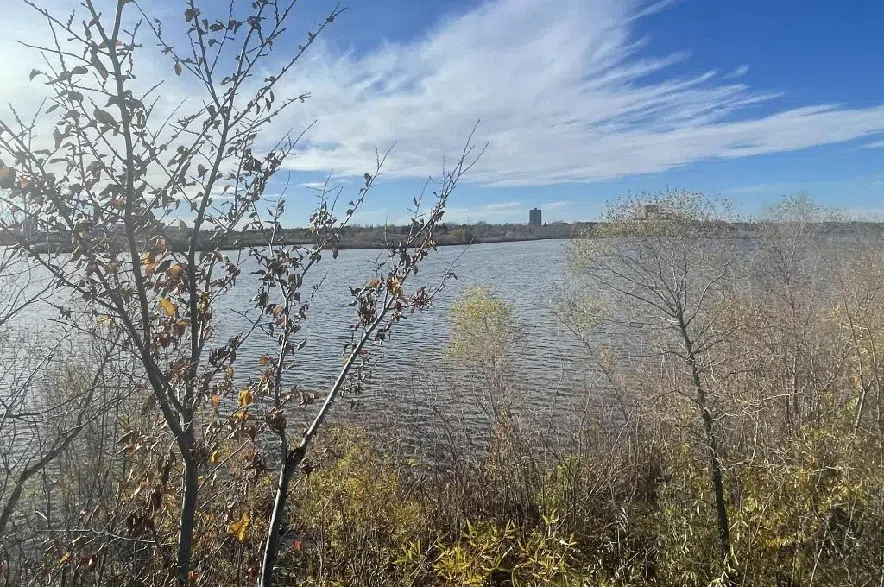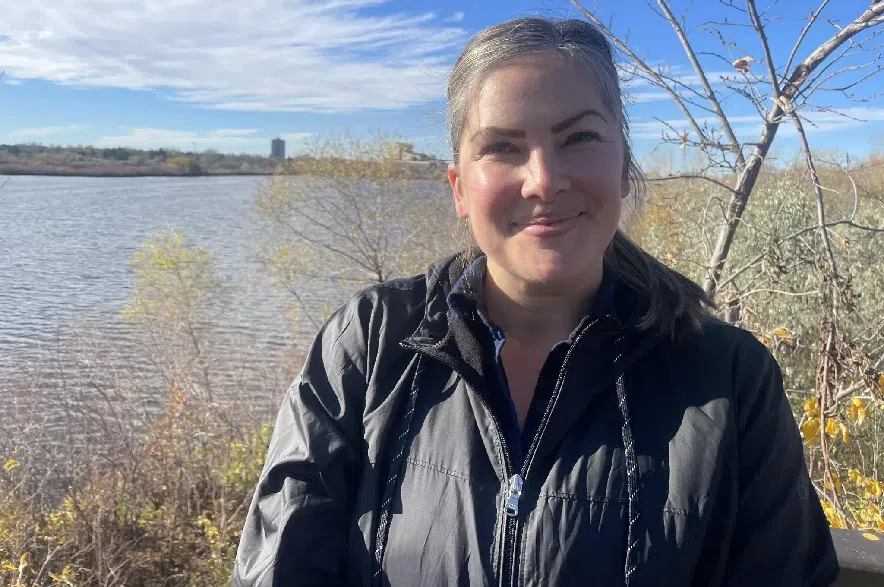If you see smoke coming from Wascana Park, don’t be alarmed.
The Provincial Capital Commission is conducting a controlled burn at on Pelican Island and North Goose Island on Wascana Lake at 1 p.m. on Monday. This is the first time this type of burn has ever been done in the park.
Read more:
- ‘The smell is going to happen’: Stink at Regina’s Wascana Lake a natural thing
- People turn to Wascana Lake in midst of summer heat
- Saskatchewan to host 114th Grey Cup in 2027
Sarah Romuld, an ecologist with the Provincial Capital Commission, said the burn is part of a new approach to resource management,“moving away from more of the chemical or mechanical management tools.”
Romuld said there are benefits for controlled burns in the spring and fall, though spring isn’t an optimal time because there are a lot of nesting waterfowl in the park at that time of year, including several thousand Canada geese.
“The ideal time for most like us is in the fall. You want it when all of the vegetation is kind of cured, so dead. There’s not a lot of moisture to it,” Romuld said.
“We want to make sure that the conditions are right just before snow hits.”

The Provincial Capital Commission is conducting a prescribed burn on Pelican Island and North Goose Island, which are located in the middle of Wascana Lake. (Gillian Massie/980 CJME)
She noted that Pelican Island is “fairly small,” so the prescribed burn should only take an hour or two.
“We’ll wait this afternoon until we have the right conditions, so it could be anywhere between 1 p.m. and probably 5 p.m.”
Romuld said prescribed fires can be a great tool to prevent wildfires by reducing the fuel load, which is made up of dead vegetation on the ground, but it comes with other benefits as well.
“We’re going to be using it to reduce invasive plant species, so we can control them that way,” the ecologist explained.
“We can also stimulate the seed bank. So in the top layer of soil, you have a lot of seeds there that oftentimes just lay dormant, and a lot of native prairie grasses or wild flowers, they actually like the heat, and so when we have that fire (it) kind of stimulates their growth, and then they start popping up.”
Leading up to the controlled burn, the weather is monitored to ensure conditions are idea.
The public is asked to keep their distance from the island, and avoid paddling on the eastern parts of the lake. People who want to watch the controlled burn can do so from a “safe distance,” said Romuld.
–with files from 980 CJME’s Gillian Massie











